How many years do cats live and and what does it depend on?
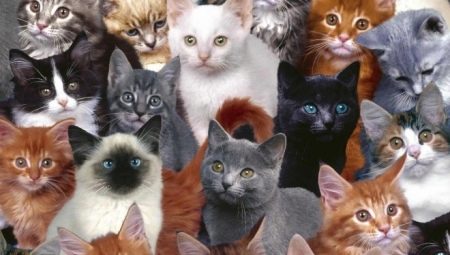
Every pet owner wants him to live longer. If we consider cats, then they live today almost 2 times more than a few decades ago. In this article, we will take a closer look at how many years cats live, what it depends on, how to increase the life span of a pet.
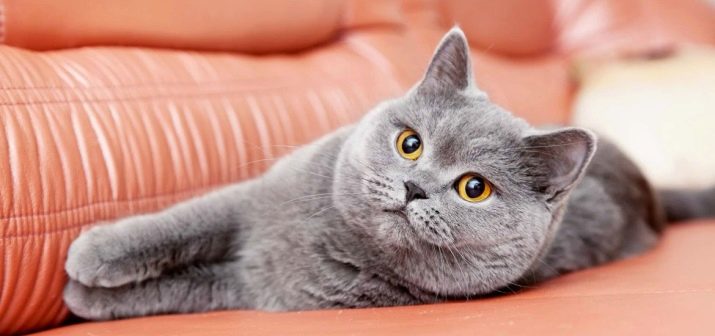
Factors affecting life span
There are various situations, some owners have pets living a long and happy life, while others, on the contrary, often get sick and die rather quickly. It is worth dwelling in more detail on the factors that affect the life span of an animal. If we consider them in detail, then it will be possible to prevent them. So, there are several main factors that affect a cat's lifespan.
- Genetic predisposition. A certain breed of cat is prone to certain diseases, so you should be attentive to those systems that suffer the most. For example, the weak point of Persian cats is the kidneys, they quite often suffer from kidney failure. For this reason, Persians live no more than 10 years.
- Accommodations. Cats live better at home than their relatives on the street. Pets eat well, rarely get sick with bacterial and viral diseases, they are protected from various infections, which cannot be said about street cats.
- Food. Diet greatly influences the life span of a feline, while one should not forget about the balance of food.The lack of both vitamins and minerals can negatively affect the well-being of the cat, and sometimes even leads to irreversible changes in the animal's body. Before choosing a feed, you should consult with a specialist. However, it should be understood that some doctors prefer industrial feed (dry and wet), while others emphasize the importance of natural food.
- Sterilization. This factor can be viewed from two different angles. So, some doctors are sure that sterilization has a beneficial effect on the life expectancy of an animal, since after it the pet becomes protected from diseases of the reproductive system. Usually cats live a little longer after spaying. On average, this figure is up to 20 years. But cats that regularly give birth, on the contrary, harm their body and live less than usual. Other doctors, on the other hand, believe that spaying has a negative effect on cats, as it leads to inactivity and indifference. As a result, cats often suffer from obesity and diabetes mellitus, which leads to a short life.
- Chronic disease tendency. Usually pets with chronic diseases or those diseases that are inherited, live a little. For example, animals with diabetes can live for about 4 years, but the presence of urolithiasis predicts only 5 years of life.
- Stress. Only pets surrounded by love become long-livers. A positive psychological climate has a great effect on the condition of the animal, which adds several more years of life. Stress has a detrimental effect on the condition of the cat.
- Closed space and tightness. Of course, felines live better at home than outdoor ones. But in this case, it happens that they do not have enough space for an active life - for running, playing and jumping. A cat is, first of all, a predator, which has quite developed instincts. You should not buy a kitten if you live in a small apartment or there is not enough space for active activity in your home.
For the cat, you should create special places (structures or shelves) on which it can move freely. Walking on the street promotes the activity of the cat, but the possibility of infection with infectious diseases, parasites increases, and also the trauma increases.
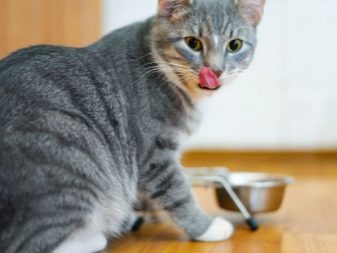

average life expectancy
So, it was noted above that house cats live longer than yard cats. Now it is necessary to consider how long a feline's life generally lasts. Animals from the street live on average from 5 to 6 years. While a domestic cat can live several times longer. On average, her life expectancy is from 12 to 17 years. Some felines that reach 20 years of age become centenarians.
Since some experts emphasize that neutering cats has a positive effect on the number of years, it is worth taking a closer look at their usual age.
Already at eight months, cats are ready to reproduce.
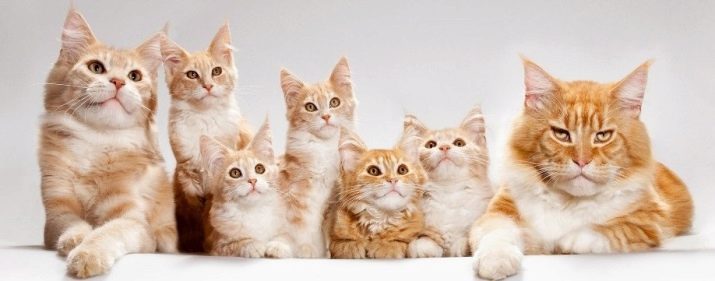
Quite often, in nature, females give birth more than once a year. Every pregnancy is a hormonal change in the cat's body. If these jumps occur quite often, then the animal succumbs to a lot of stress.
It should be noted that pets that are not sterilized and are not allowed to breed have a high rate of cancer. Animals usually live longer after spaying. Their average lifespan is 15 to 20 years. If the cat does not come into contact with the cat, then its risk of contracting a rather dangerous disease is zero.

Minimum and maximum age
Quite often there is an exception to the rule. This rule also applies to cats. Sometimes there are exceptions - felines that live longer than expected. Usually such representatives are included in the Guinness Book of Records.
- Puff is a long-liver among felines - a kitty who managed to live for 38 years. This is the maximum, not a single cat has lived for so long. She lived in Texas.
- And in the south-west of England, the cat managed to live for 36 years. He was born in 1903. An interesting fact is that he died the day after his birthday.
- Today, a representative of the feline lives in Melbourne, Australia. Now the feline age is 35 years old.

Influence of the breed on age
Some experts point out the influence of cat breed on age, although others completely disagree with this judgment. They note that the life expectancy of cats depends initially on the diseases, what it is sick with, as well as on care. To understand this issue in more detail, we will first consider what effect the breed has on the age of felines. Initially, you should consider the differences between simple and purebred cats.
If the purebred representatives of the feline are completely healthy, then their offspring will be healthy and will live for a rather long time, at least longer than their stray cousins.
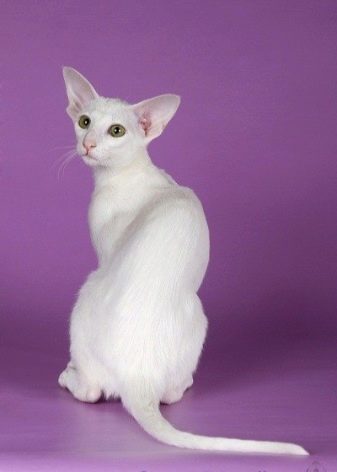

If cats appeared as a result of selection, then their health is rather weak, because their body was created by an unnatural method using genetics. If we consider the aboriginal breeds, which were created in a natural way, then they gradually adapt to the conditions of the surrounding world. Selection breeds live less, but "natural" are able to live a long and happy life.
Breeds bred by breeding methods are prone to genetic diseases, therefore they require special care from the owner. So, you should take a closer look at the lifespan of some of the popular cat breeds.
- British. These cats have quite developed muscles, are characterized by strong immunity and are quite active. On average, they live from 12 to 15 years, although some individuals even live up to 20 years, if properly cared for. This breed has practically no genetic diseases, while cancer problems are very rare.
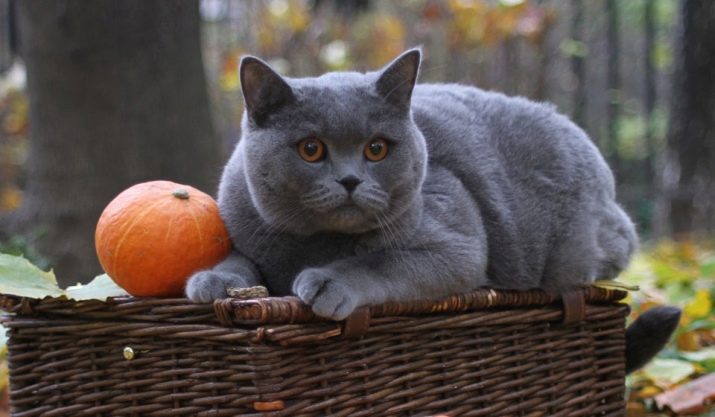
- Scottish Fold. They can be safely called real centenarians, since they usually live up to 20 years, as they have strong immunity. But it is worth being extremely attentive to the weak points of lop-eared cats - these are the spine and ears.
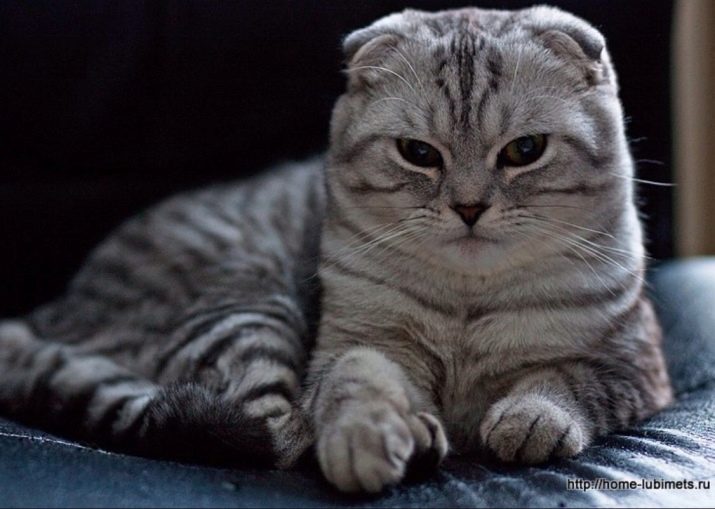
- Siam. The average lifespan of Siamese cats is between 14 and 18 years. Sometimes you can find real centenarians who can live up to 30 years. An interesting fact is that longevity is passed from generation to generation, so before buying a kitten, you should ask how many years the cats from its pedigree have lived.
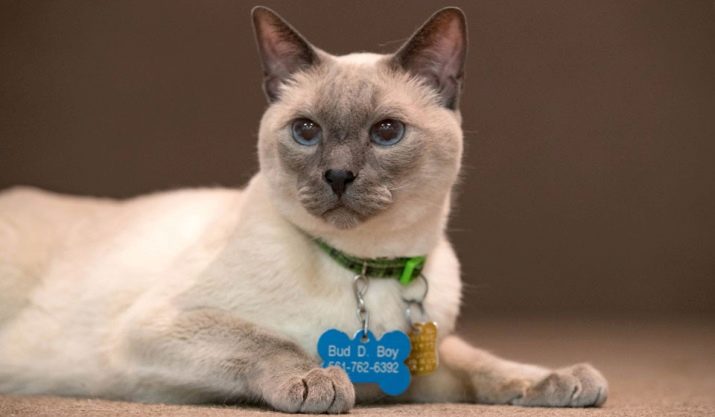
- Abyssinian cats. With proper care, this breed can live up to 15 years, although there are cases when a cat lives up to 20 years. It is worth paying attention to Abyssinian cats, as they are prone to kidney diseases, as well as diseases of the teeth, blood and retina of the eyes.

- Persians. This breed is represented by several varieties, and each of them has a different indicator of life expectancy. For example, long-livers should include cats with a short nose, since they live up to 20 years, while classic and extreme breeds - only 15 years. Persians after 10 years need special care, because at this age their immunity already becomes weaker, and the likelihood of diseases that are associated with the kidneys, spine or musculoskeletal system increases.
You should handle the cat carefully, visit your veterinarian regularly for check-ups, and give your cat some rest while playing. It happens that it is difficult for Persian cats to bend down, in this case, the bowl should be placed on a dais.
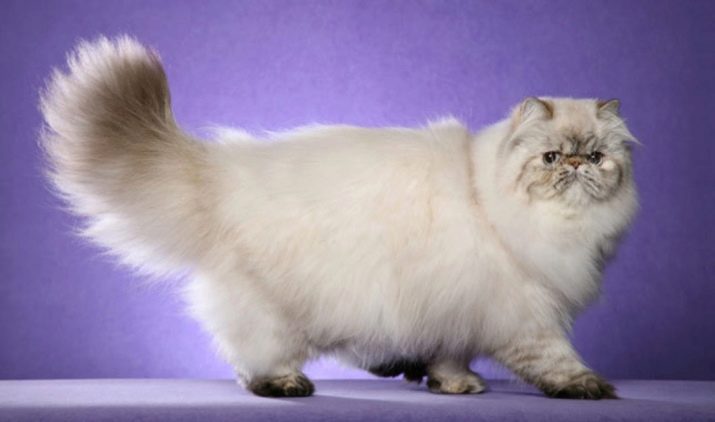
- Russians are blue. Their average duration is 15 years. There are cases when representatives of Russian blues lived to be 18-19 years old.In order for the cat to live longer, after 8 years it should be regularly shown to the veterinarian, so as not to miss the onset of possible diseases.

- Bengals... Representatives of this breed are considered centenarians, since they are not prone to diseases of the cardiovascular system. They usually live 15-16 years. Bengals are among the most hardy and strong breeds.
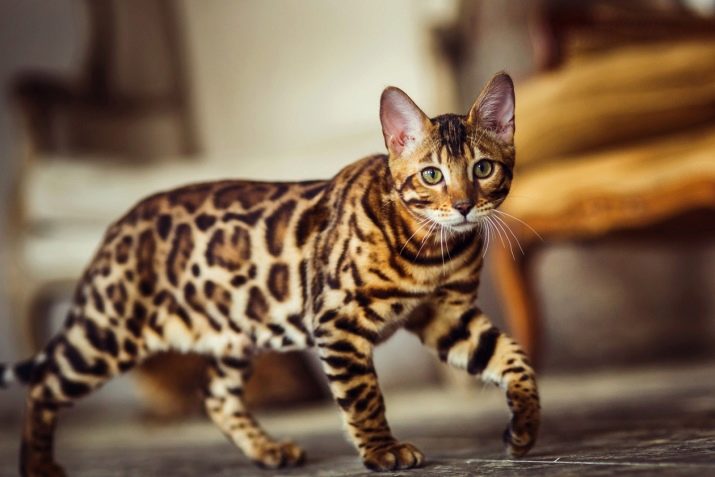
- Sphinxes. Representatives of this breed can live up to 10 years. But bald representatives, on the contrary, can live for 20 years. A case was recorded when the sphinx lived for 31 years. These cats are distinguished by excellent immunity.
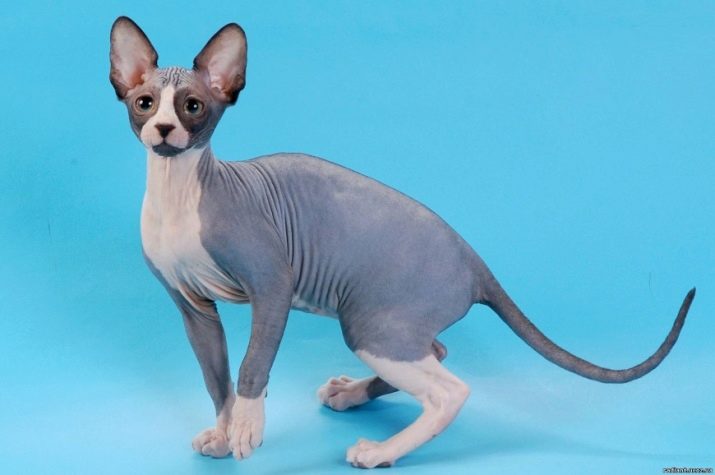
It should be emphasized that breeds with a high life expectancy include the following: Manx, American Shorthair and Thai. They can live up to 20 years.
Egyptian Mau and Asian tabby live on average just a year less. Only breeds such as Tiffany, Japanese Bobtail and Devon Rex can survive to "adulthood". While the Maine Coon, Neva Masquerade and Australian Smoky breeds usually live up to 17 years. The maximum age of 15-16 years refers to cats of the Selkirk Rex, Asian Shorthair and Arabian Mau breeds. American Bobtails, York Chocolate cats and Exotic cats live no more than 13 years. Snow-shu and Bombay cats are capable of living up to 12 years.
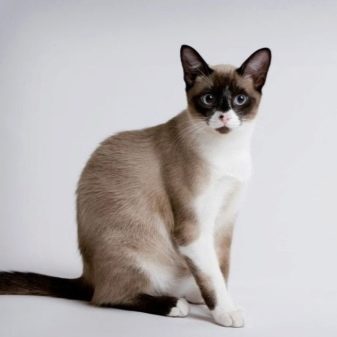

How long can cats live if they are limited in water and food?
Every creature should receive water and food, because without this life is impossible. If there is a lack of water or food, then this will negatively affect the body. It is impossible to determine how many days a kitty can survive without food.
Know your pet's daily food intake to avoid experimentation. If we consider life without food, but provide free access to water, then a cat will not be able to live more than 10 days. If the cat is without water and food, then it will live about 5-6 days. In this case, its age, breed and gender also matter.
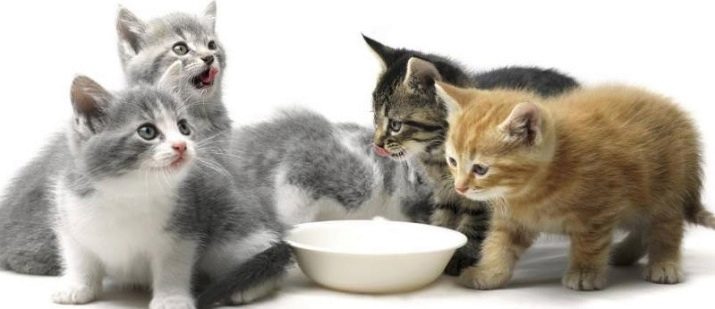
Important! If a pet does not want to eat, because it takes certain medications that suppress appetite, then such a hunger strike should last no more than 5 days.
After that, a hunger strike can lead to irreversible consequences. A cat's life largely depends on several factors.
- If it is cold outside, then the chances of survival for the animal without access to water are significantly increased, he will be able to wait for the appearance of moisture. But in the summer it is difficult to live without water, in just 24 hours the body of a cat in the heat will be already quite severely depleted.
- Food has a big effect on your desire to drink. If the cat eats dry food, then her desire to drink increases significantly. If the cat does not receive additional water, then she will soon get sick. It happens that the owner should leave for a few days, then it should be understood that the cat should be fed at least once a day. Therefore, it is worth asking friends to look after your pet at the time of departure.
- There is an opinion that British Fold cats simply do not drink water because of their breed, but their owners point out the opposite, so even this breed should provide free access to water.
- The amount of water depends a lot on the age of the cat. So, the older she is, the more she needs water. The average cat needs 250 ml of water per day. If cats do not receive water at home for more than 2 days, disorders in the organs of the animal and dehydration begin. It is believed that a cat can live without water for 5 days, but it happens that she dies earlier.
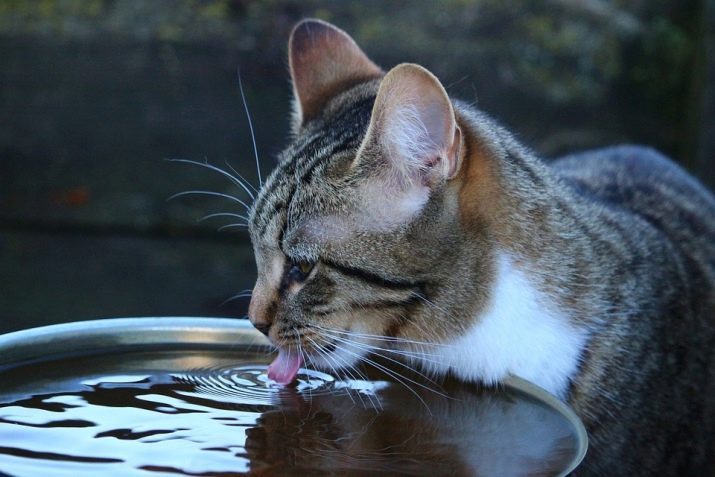
How old is a cat by human standards?
Of course, cats live much less than humans, but it is interesting to compare the age of an animal and a person. It is generally accepted that one year of life of a feline is equal to 7 years of a person. So, a two-year-old cat is a teenager, by human standards he is 14 years old. A cat at 2.5 years old is already an "adult". In principle, such a calculation is possible, but not throughout the life of cats. If we consider the years of an animal closer to old age, then one year is equal to 5 human years. Today, many adhere to the following scheme for calculating a cat's years:
- the first year of an animal is equal to 15 years of a person;
- second year - 9 years;
- every next year - 4 years.

So, you should pay attention to the table comparing the age of a cat and a person.
Age equivalents | ||||||||||||
Cat's age (years) | 1 | 2 | 4 | 6 | 7 | 8 | 10 | 12 | 14 | 16 | 18 | 20 |
Person's age (in years) | 15 | 24 | 32 | 40 | 44 | 48 | 56 | 64 | 72 | 80 | 88 | 96 |
There is another scheme for calculating the age of a cat when compared with human life. It is taken from the international veterinary passport for dogs and cats.
Cat | Human | Cat | Human |
1 month | 6 months | 7 p. | 45 l. |
2 months | 10 months | 8 l. | 50 l. |
3 months | 2 g. | 9 p. | 55 l. |
4 months | 5 l. | 10 l. | 60 l. |
5 months | 8 l. | 11 p. | 62 g |
6 months | 14 p. | 12 p. | 65 l. |
7 months | 15 l. | 13 p. | 68 l. |
8 months | 16 l. | 14 p. | 72 g |
1 g | 18 l. | 15 l. | 74 g |
2 g. | 25 l. | 16 l. | 76 l. |
3 g. | 30 l. | 17 p. | 78 l. |
4 g | 35 l. | 18 l. | 80 l. |
5 l. | 40 l. | 19 p. | 90 l. |
6 p. | 43 g | 20 l. | 100 l. |
How to determine the age of a cat based on appearance and behavior?
It's no secret that the appearance of felines changes over the years. An experienced veterinarian can, after examining the cat, roughly determine its age. There are certain signs by which you can determine the age of a pet, but it should be understood that they can also indicate some diseases. So, by what signs can you tell how old a cat is?
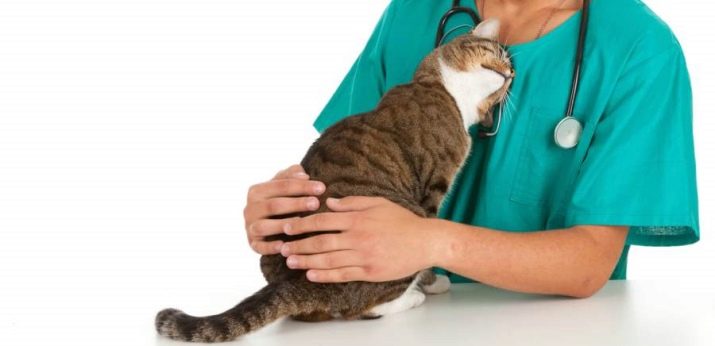
Teeth
The condition of the teeth is the best way to determine the correct age of the cat. It is worth paying attention to their color. Young cats have snow-white teeth, and at the age of 3-5 years a yellow plaque appears on them. Strong yellowing usually occurs at 5-10 years of age, but after 12 years they have a rather intense yellow color.
You should also pay attention to the canines and incisors. Already at 3-5 years old, they begin to wear off a little. At the age of 5–10, the lower and upper jaws may fall out. Usually, tartar and cracks already appear at this time. With age, gum diseases appear, and existing problems are aggravated. And after 10 years, incisors may fall out. At the age of 15, incisors, canines have often fallen out, and molars have worn out. In this case, the cat needs semi-liquid or soft food, otherwise it will not be able to live long.
Important! Plaque build-up and tooth abrasion depend on the diet and lifestyle of the animal. If you provide proper dental care and solve all dental problems as they arise, then even in adulthood, the cat will have healthy teeth.
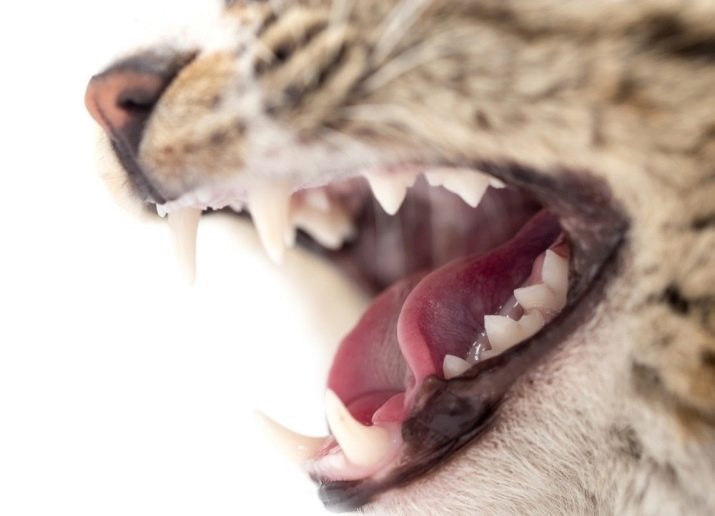
Wool
The coat fades over time, and its pattern loses its clarity. The coat begins to lose its softness and density. All these changes become noticeable from the age of 6. And already from the age of 10, you can see gray hair on individual hairs. In fairly old cats, bald spots on the coat may appear, although this sign should not be attributed to the definition of old age, since with various diseases, cats lose their hair.
Important! In the winter season, the cat's coat is thicker, because the body of the animal perfectly adapts to the seasons and temperature conditions.
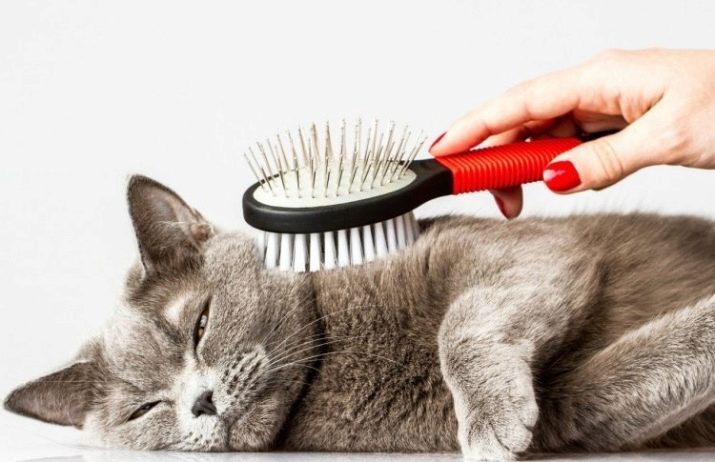
Mustache
Gray hair appears not only on the coat, but also on the mustache. Several discolored hairs initially appear. Gradually, their number increases until all vibrissae turn white. This usually happens at the age of 10, and sometimes even earlier.
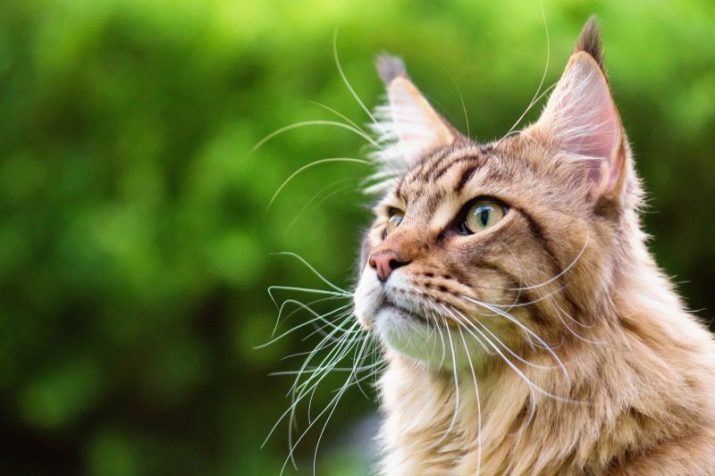
Eyes
The eyes of young felines are transparent, the iris is characterized by brightness, evenness and purity. Over time, it acquires heterogeneity, wrinkles, specks and lines become noticeable on it. After 10 years, the eyes become dull, sometimes cataracts may develop, with frequent lacrimation.
It is very important to monitor the condition of the cat's eyes, when they have discharge, they should be rinsed regularly.
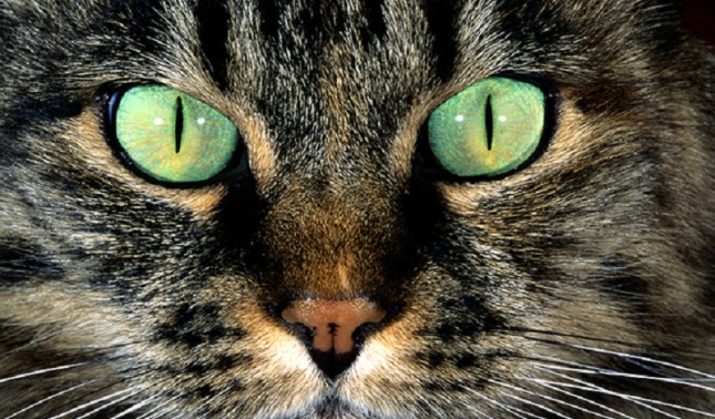
Musculoskeletal system
The spine begins to suffer from about 8-10 years old, which is manifested in its sagging. In this case, it can be noted that the bones of the shoulder blades and shoulder girdle protrude, but the fat layer disappears.The skin, like the muscles of the back, becomes flabby, and hanging folds may appear on the abdomen. In old age, lice are usually thin, but obesity is also possible.
It is worth paying attention to the cat's gait. In old age, it becomes "wooden" - the paws are poorly bent, jumping is characterized by clumsiness, possibly a violation of coordination of movements. The owner should set up a quiet shelter close to the ground so that the cat does not bother to get there. It should be noted that feline claws also change with age, lose flexibility.

Behavior
Cats in old age are no longer as active as in their youth. In this they are no different from humans. Animals already rarely play, anxiety or fearfulness may appear. Usually at the age of 10–15 years, a cat has many chronic diseases, which are characterized by fatigue, urinary problems, heart failure and inflammation of the joints. It is better to show a cat regularly after 10 years to a veterinarian. He can prescribe certain courses of treatment for her or change her diet.
With age, problems may arise when using the tray. As control of urination decreases, the cat may not make it to the litter box in time. It should be understood that the animal is innocent of this. There is no need to scold him, because you can additionally create psychological trauma for an already weakened cat. This problem can be dealt with by using disposable wipes or by moving the tray closer.
Today, there are even special diapers for pets on sale.
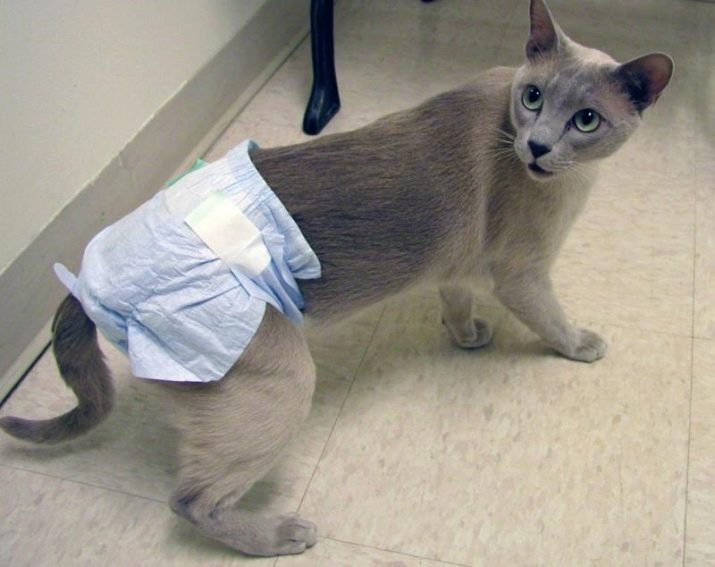
How to increase the number of years?
In order for the cat to live as long as possible, it is worth taking into account a few tips from experts.
- It is necessary to feed the cat correctly, as well as organize access to clean and fresh water.... A special diet should be followed if necessary. Do not overfeed the animal, you must adhere to uniform portions. It is worth refraining from overfeeding if the pet has been neutered or spayed. Avoid pork (which is very fatty), bones (which can damage the gastrointestinal tract), legumes (which contribute to bloating), and dog food altogether.
- You must regularly take your pet to the veterinarian for check-ups. Do not skip them so as not to harm your pet. It is recommended to follow all the necessary recommendations on time. It is worth surrounding your pet with love and care. Remember that cats are very skillful at hiding their pain, so if there are minor changes in the behavior of your pet, you should immediately go to the veterinarian.
- If you will not be engaged in breeding cats, acquire a pet for yourself, then it is better to castrate or neuter it. In this case, your pet will live longer. It is worth organizing an active lifestyle for your pet, since regular physical activity is the first rule of longevity.
- It is necessary to adhere to the conditions for caring for a cat. Various hygiene procedures should be followed. It is very important to regularly clean the teeth of the animal, as well as remember to carry out deworming in time, as well as use flea remedies.
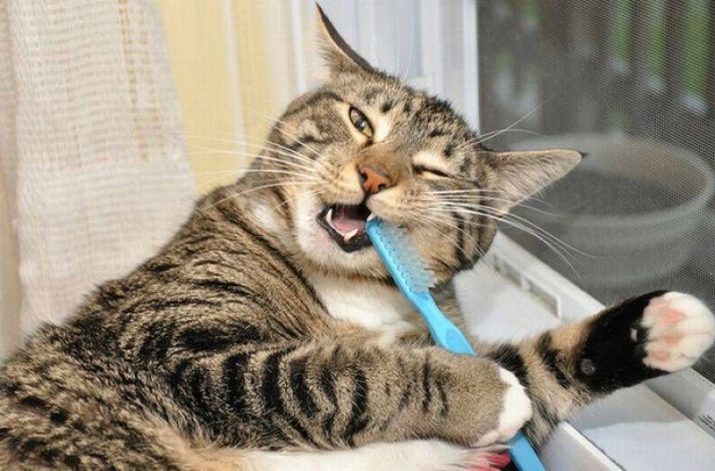
It is necessary to dwell in more detail on the foods that should be excluded from your pet's diet if you want him to live longer. These include the following:
- pork is quite fatty;
- the liver can lead to disturbances in intestinal motility;
- fish leads to the risk of urolithiasis, as well as vitamin deficiency;
- boiled potatoes should be prohibited, because they contain a large amount of starch, which simply cannot be absorbed by the cat's body;
- milk should be excluded if the cat is lactose intolerant, which is quite common;
- the bones put the cat at risk of damaging the walls of the alimentary tract;
- legumes provoke bloating;
- dog food is strictly prohibited for cats.
































